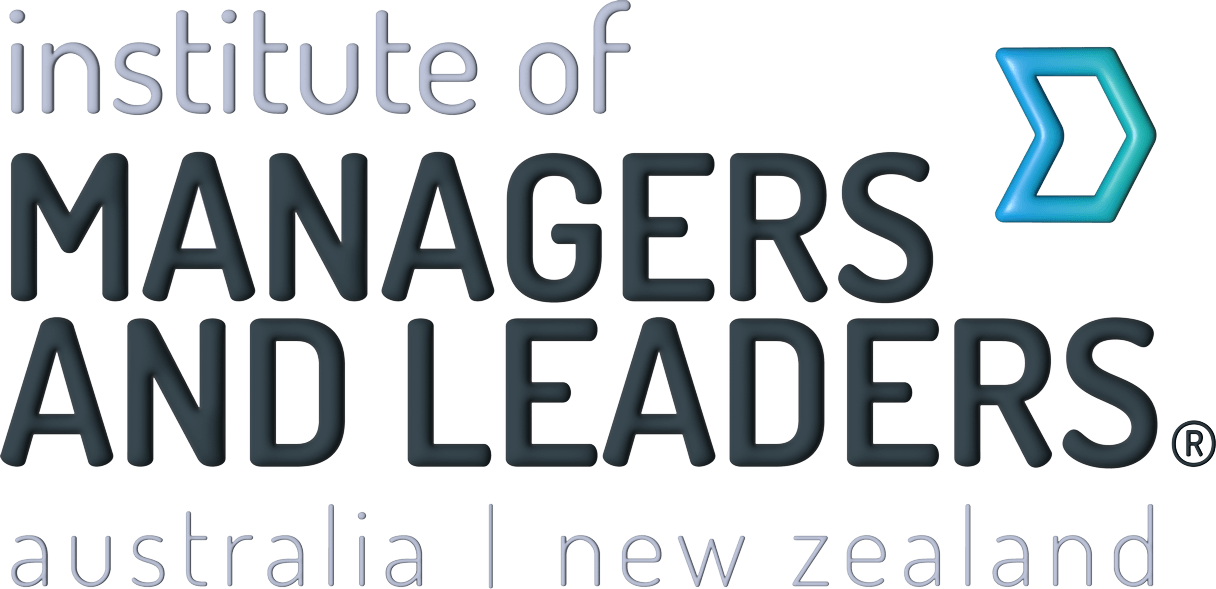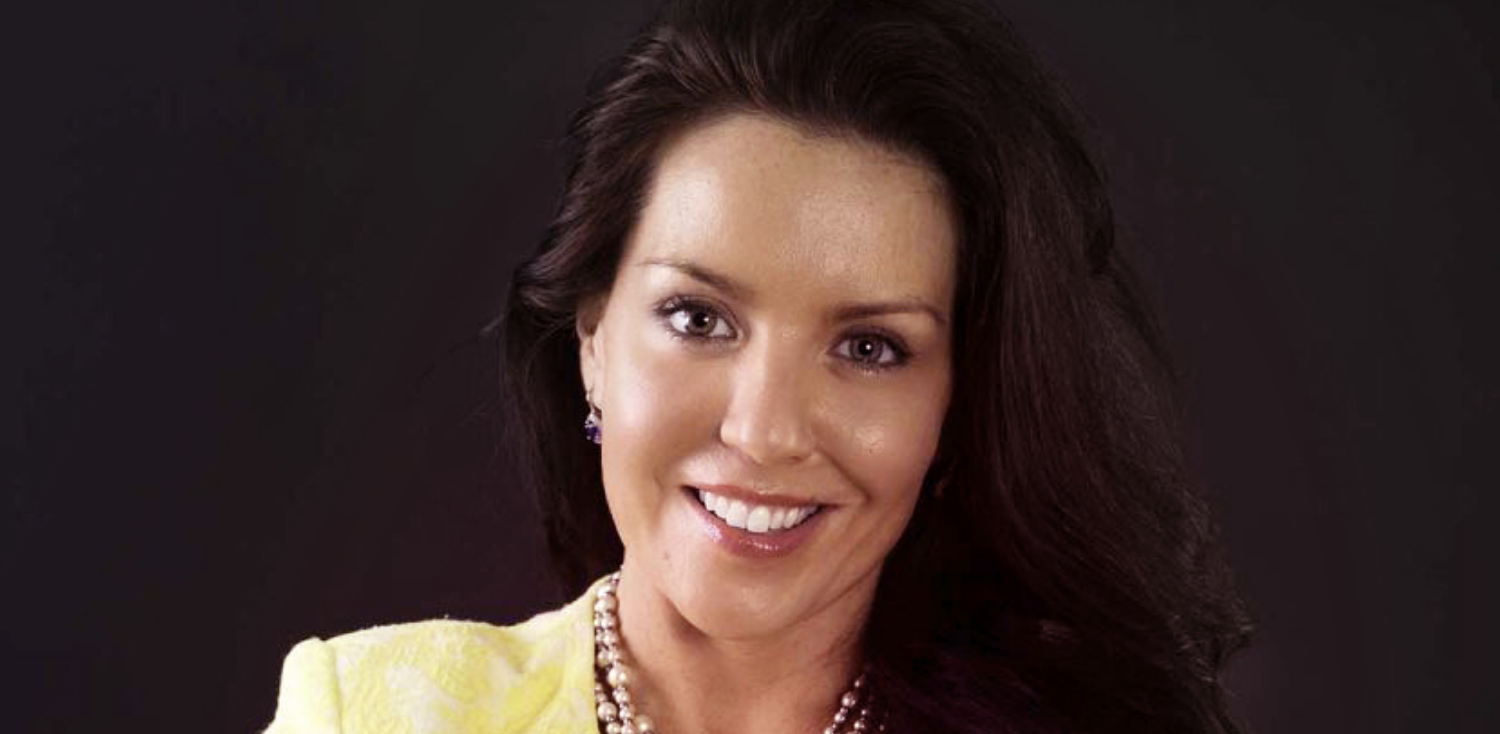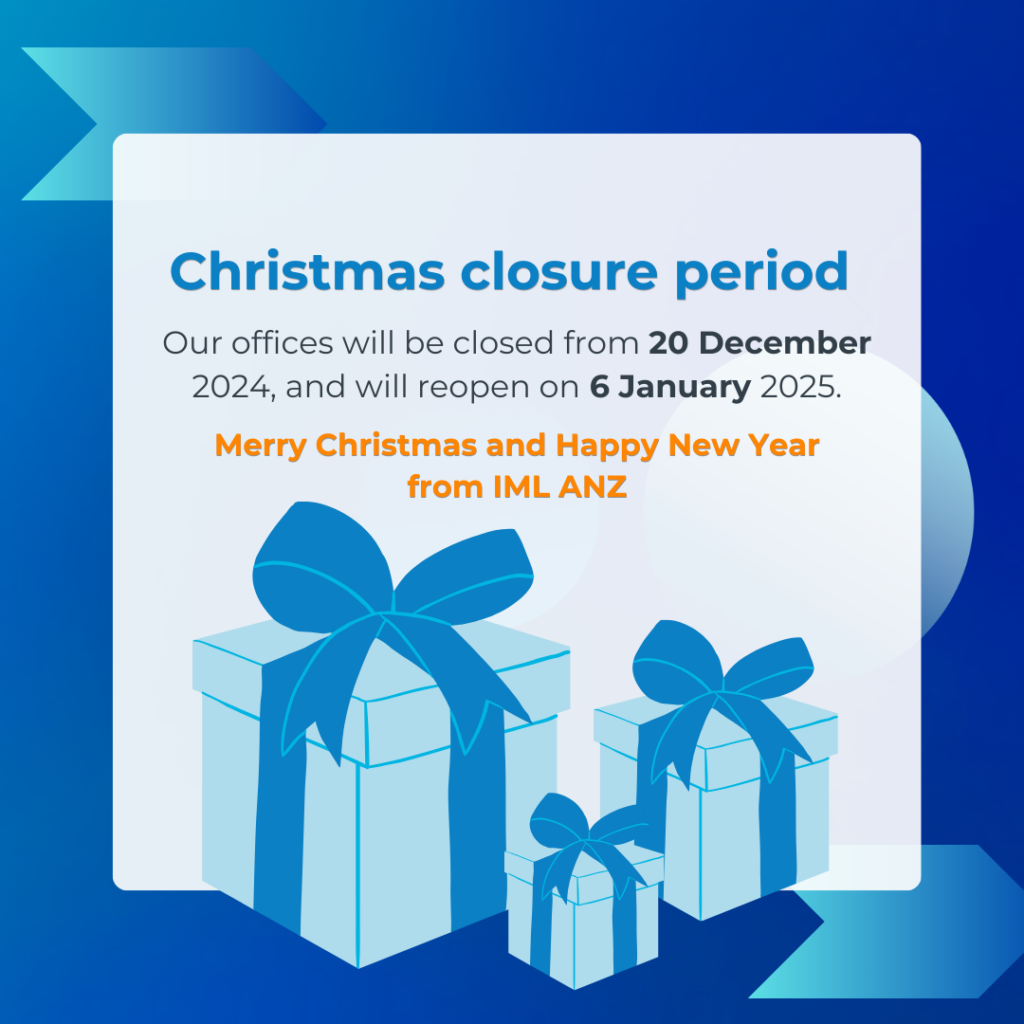By Lachlan Colquhoun
While working toward climbing Mount Everest, Belinda-Jane Dolan CMgr FIML is using the same tenacity, abilities, and framework she employs in her mountaineering to help clients reach their own business and personal summits.
Dolan is the founder and Chief Executive of the Clariti Group, a business advisory and training company based in Brisbane. The firm operates all over Australia and around the world and has been recognised as a seven-time award winner in the annual 2017 Stevie Awards for Women in Business for its work. It delivers leadership and performance advisory and training across the globe and in some of the most remote regions of Australia.
By late 2018 Dolan will have climbed South America’s largest peak, Aconcagua in the Andes. This climb will be the fourth of the seven summits. “I’ve climbed three so far: Elbrus in Europe, Kilimanjaro in Africa and Mount Kosciuszko at home, although that was more of a jog than a climb,” she says.
Dolan’s ambition and achievements are even more remarkable given that she was born disabled and walked with the assistance of calipers until the age of five.
It was in overcoming this disability, and in proving her doctors wrong, that Dolan’s sporting and mountaineering ambition was born.
“I’m the sort of person who, if you tell me I can’t do something, it’s like a red rag to a bull,” she says.
“When they told me I wasn’t going to be able to walk, I remember thinking ‘what is the most gargantuan and audacious thing I can do?’, and that’s when I thought I’d go out and climb the highest mountains on each continent.”
Dolan’s goal-setting also extends to the Clariti Group. “Our focus is on using our company to positively impact the lives of one million and one people globally through our work. Clariti is a standout brand dedicated to building workplaces and leaders to reach their ultimate performance and, with our guidance, they truly believe in themselves that they can achieve their dreams,” she said.
Taking the symbolism of mountaineering further, Clariti is set to launch an online training program called Finding Your Own Everest as it seeks to make its business and leadership education work accessible globally.
“Whether you aim to expand your business in revenue or performance, the focus of the Climb Your Everest program is to achieve a pivotal goal, and we help guide you to reach your goals,” says Dolan.
“It’s about finding the highest point you can reach and understanding that the difference between good and great is often just a little bit more effort — that’s where Clariti comes in.”
Dolan began her career in education and formed her first company in her 20s. She has spent the past two decades living and working across eight different countries, from the US to New Zealand to Turkey and the Gulf States.
Her passion has been business education and leadership, “to bring individuals together to make great organisations remarkable.”
Part of Dolan’s passion was motivated by witnessing some negative experiences in the corporate world which were alienating talented people and creating “corporate refugees” who still had a lot to offer. However, they were frustrated with the leaders and/or the culture of their organisation, which Dolan, says, “didn’t allow them to grow and shine.”
Clariti Group seeks to embody the best of corporate culture and to promote this vision to its clients. Dolan explains, “We understand how important leadership and performance are to the success of companies both here and abroad. As a developer of leaders and high performing teams sitting on and advising boards we can directly or indirectly influence the positive outcomes of organisations.”
For Dolan, the most important quality for leaders is “relatability”. “As a leader, you have to be real, and you have to be able to understand what you are good at and what you need your team to help you with,” she says.
Dolan recently completed the Chartered Manager qualification through the IML and said the process was “invaluable.”
“Completing the qualification was a fabulous decision, and I’m so glad I did it,” she says.
“As a goal-oriented person, the process of self-reflection that this qualification instils within you was incredibly valuable. As inspired leaders, we know that reflective practice is the key to operating at your optimum in an ever-evolving business environment. The qualification provided me with the opportunity to take my practice as a leader to the next level.
“I would not have done this to the same level if it hadn’t been for the Chartered Manager program.”











